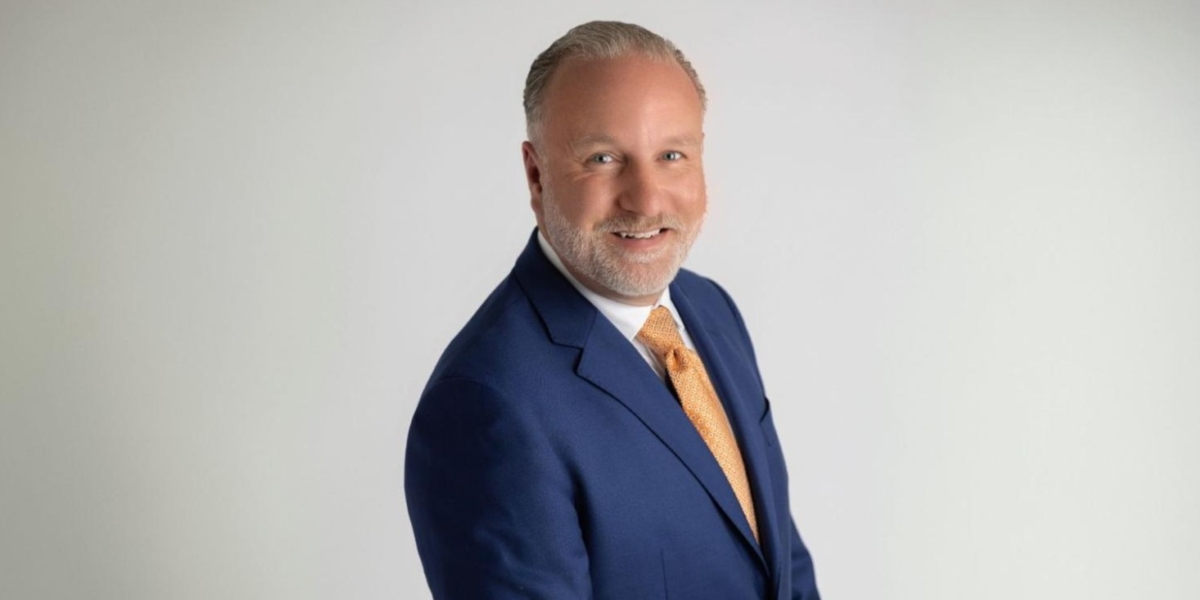Recent decades have witnessed several industries and numerous sectors transform into more inclusive spaces, where opportunities are up for grabs regardless of one’s race and gender. Today, while the call for both diversity and inclusivity continues, it can be argued that significant strides have been taken. However, to talk about diversity and inclusion is to consider more than race, religion, and gender, for there are many other ways that differentiate people from each other. Kelly McDonald is widely treated as an expert in this area, and through her expertise as one of the nation’s top authorities in DE&I, a long list of CEOS and leaders have succeeded in gaining progress in working and leading people not like them.
Originally from Milwaukee, Wisconsin, Kelly graduated from the University of Wisconsin – Madison. The Certified Virtual Speaker, who is currently based in Denver, Colorado, speaks to organizations and associations of every size and has bagged multiple recognitions, including the fifteenth spot on the list of #100 Business Women You Want to Speak at Your Event” and the prestigious honor of emerging as one of only two women on the list of “10 Most Booked Corporate and Association Speakers in the U.S.”
On top of being known as a professional speaker, Kelly is also a four-time best-selling author and the founder of McDonald Marketing, widely acclaimed for her in-depth understanding of DE&I, leadership, marketing, consumer trends, and leveraging customer experience, Her brainchild, which has twice been named one of the top ad agencies in the country by the Advertising Age magazine, is ranked among the fastest-growing independently-owned companies in the U.S. by Inc. Magazine.
Her perspective as a diversity, equity, and inclusion expert is rooted in the understanding that numerous gaps exist and all can be bridged. “Most people focus on differences that are about race and religion,” said Kelly. “But there are many other ways we are different, such as morning people vs. night owls; introverts vs. extroverts; analytical thinkers vs. creative thinkers; listeners vs. talkers; tech-savvy vs. tech-phobic, and more.”
To close the gap between one and the other, Kelly emphasized a couple of strategies, all of which she expounds on in her books, It’s Time to Talk About Race at Work, How to Work With & Lead People Not Like You, How to Market to People Not Like You, and Crafting the Customer Experience for People Not Like You. She talks at length with a profound understanding of the various ways people communicate their experiences. Driven by this, addressing the need for inclusivity in our workplaces is as simple as recognizing the common circumstance of being human, that cultural exchange happens at a scale both minor and major through human interaction. Bridging these borders requires nothing so much as a change in the way we live but more of a paradigm shift in how we perceive these “boundaries”: what constitutes different might be rooted in human instinct or as a result of social situations.
It’s Time to Talk About Race at Work, in particular, explores the actionable steps that any organization can take to “do better and be better” and details the impactful and no-cost strategies needed to foster diversity, equity, and inclusion in the workplace. Not only will it help organizations learn the costs and risks they are incurring should they fail to place a heavy emphasis on diversity, but it also sheds light on diversity blind spots and how to address the issues and comments that rise to the fore when employees feel nervous, resentful, or uncomfortable when organizations make headway on diversity. Most importantly, this critical resource written by Kelly features the STARTING Method – an eight-step framework that shows how to ensure the effectiveness of one’s diversity and inclusion efforts.
In the years to come, Kelly hopes to maneuver more organizations and corporations in the right direction, guiding them as they push for the evolution of their workplaces and put diversity and inclusion at the top of their values.








